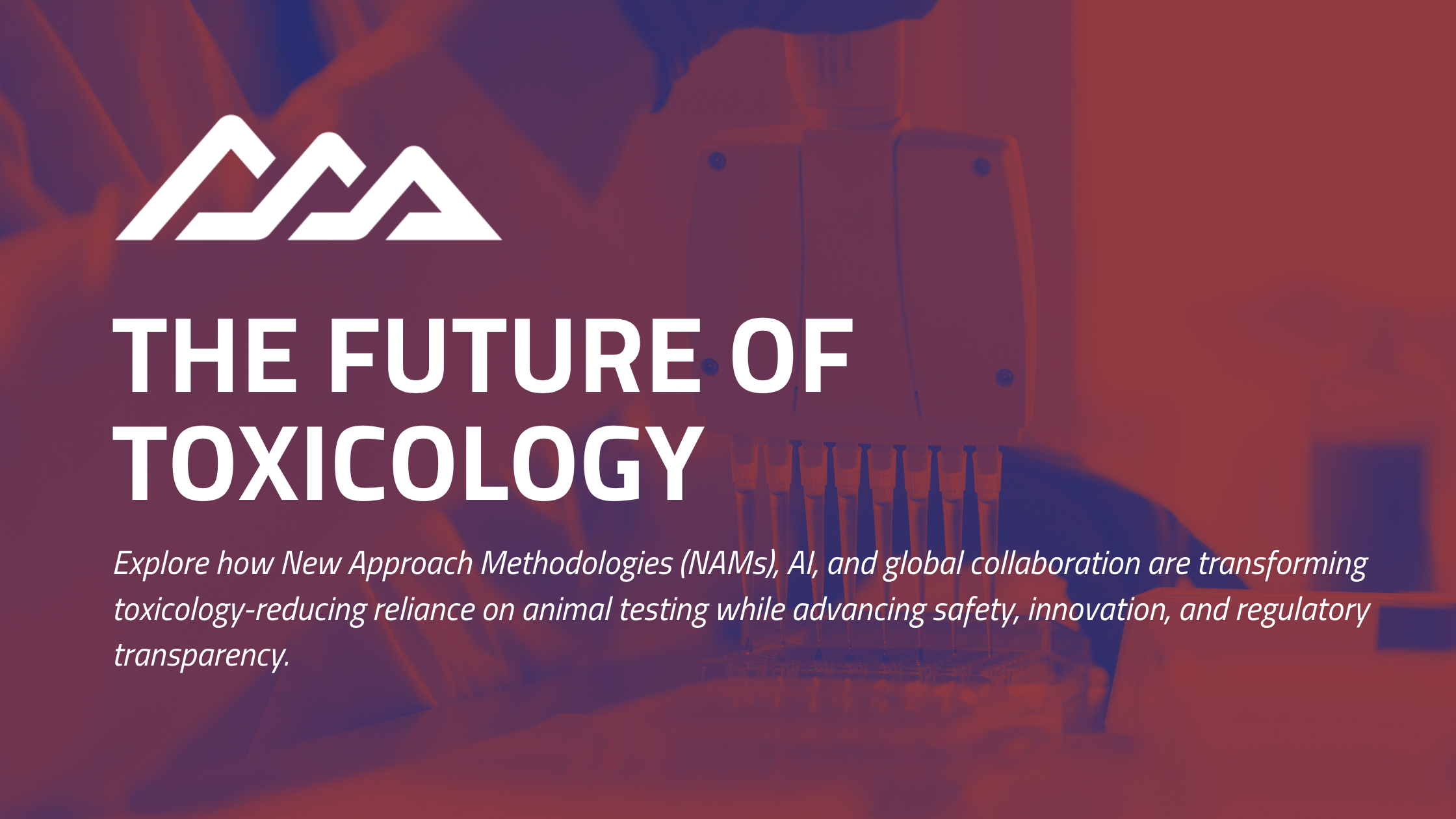Building Confidence in NAMs Through Integration
New Approach Methodologies (NAMs)—ranging from in vitro assays to computational models—offer promising alternatives to traditional animal testing. However, their widespread adoption hinges on confidence in their predictive power. Integrating diverse data sources such as PubChem, NTP, EPA databases, and the FDA’s LSRS (Listing of Substances and Reference Standards) is a critical step toward building that confidence.
The AI Program for Toxicology at the FDA’s National Center for Toxicological Research (NCTR) is leading efforts to harness machine learning to analyze and integrate these datasets. By combining NAMs with AI, researchers can better balance sensitivity and specificity, reducing the risk of disqualifying true negatives while ensuring robust safety evaluations.
A Centralized Data Warehouse for Toxicology
To streamline access and foster collaboration, a centralized data warehouse is being proposed. This would serve as a hub for curated NAM data, validation results, and regulatory feedback—enabling scientists, regulators, and industry stakeholders to work from a shared foundation.
NIH’s Strategic Shift: NAMs Are No Longer Optional
In a bold move, the NIH Office of the Director, Division of Program Coordination, Planning, and Strategic Initiatives (DPCPSI) announced that research proposals relying solely on animal models will no longer be accepted. Proposals must now include NAMs. To support this transition, NIH is launching a new Office of Research, Innovation, Validation, and Application, which will:
- Train grant reviewers on NAMs
- Develop educational curricula
- Align funding language with NAM priorities
ICCVAM and NICEATM: Driving Transparency and Validation
The Interagency Coordinating Committee on the Validation of Alternative Methods (ICCVAM) and NTP Interagency Center for the Evaluation of Alternative Toxicological Methods (NICEATM) are working to ensure that NAMs are validated transparently and
accepted across federal agencies. A new incentivized 3-year Reduction-to-Practice program aims to accelerate NAM validation, though full implementation may still take up to six years.
Industry Concerns and the Role of Predictability
Despite progress, industry remains cautious. Companies are uncertain how FDA reviewers will respond to NAM-based submissions. There is a strong desire for predictable, transparent review processes to encourage broader adoption.
ARPA-H’s CATALYST Program
The Advanced Research Projects Agency for Health (ARPA-H) CATALYST Program is pioneering a “Digital CRO” model, using in silico ADME-Tox and physiological simulations to replace animal testing. This approach could democratize drug development, especially for rare diseases and small biotech firms with limited resources.
Global Perspectives: EMA, BfR, PMDA
European Medicines Agency (EMA)
The EMA’s 3Rs Working Party reports a >50% reduction in animal testing for batch potency and skin sensitization since 2015. They advocate for:
- Case-by-case NAM acceptance
- Safe harbour programs for voluntary data submission
- Innovation task forces to guide regulatory integration
However, industry hesitancy persists due to fears that NAM data may be outdated or misinterpreted by the time of regulatory submission.
German Federal Institute for Risk Assessment (BfR)
The BfR’s Division of Pesticides emphasizes the need for early regulatory involvement and international consensus (e.g., OECD guidelines) to validate NAMs effectively. Their PARC initiative is a model for collaborative risk assessment.
Japan supports the 3Rs and aligns with the FDA’s move to eliminate long-term NHP studies when NAMs and short-term data show no safety concerns. However, they remain cautious about applying NAMs to small molecules due to potential off-target effects.
What’s Next?
The path forward is clear: collaboration, transparency, and innovation are essential to fully realize the potential of NAMs. As regulatory agencies, researchers, and industry partners align their efforts, the vision of a more humane, efficient, and scientifically advanced toxicology paradigm is becoming a reality.

